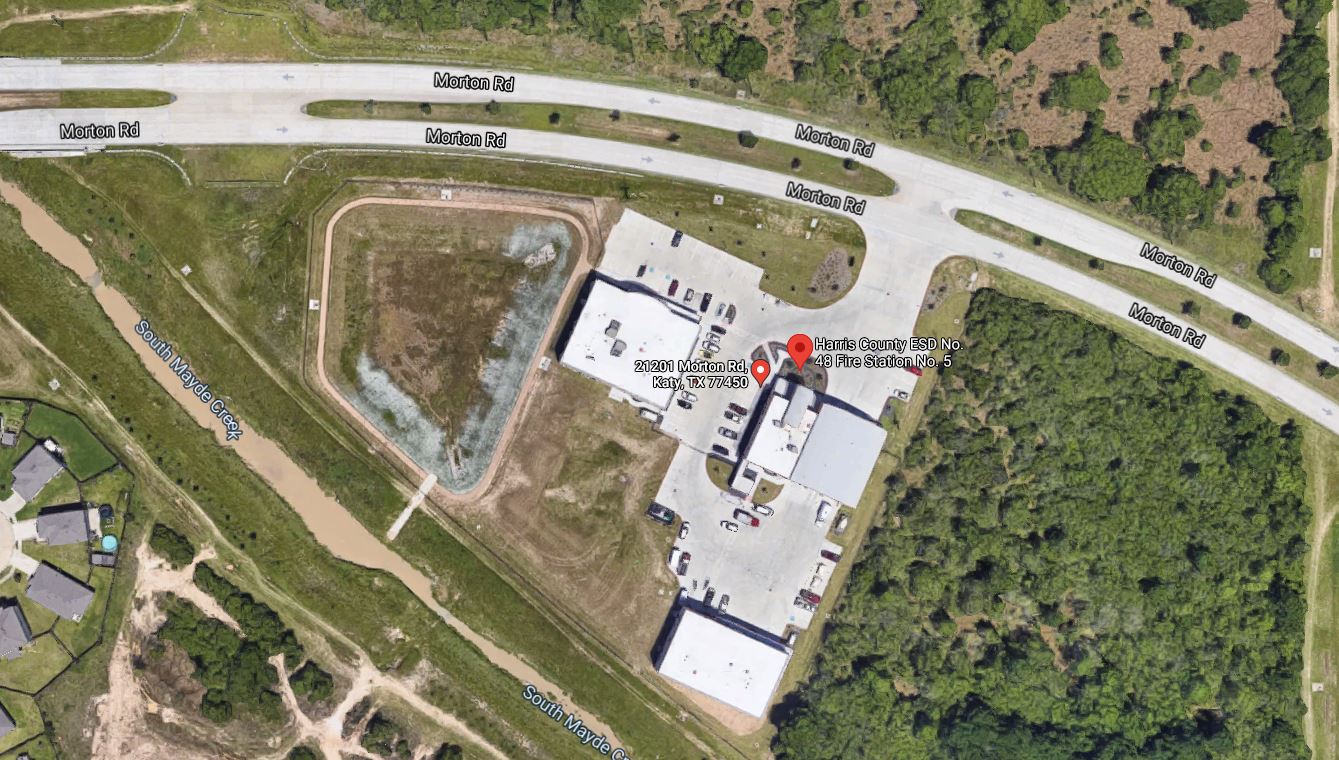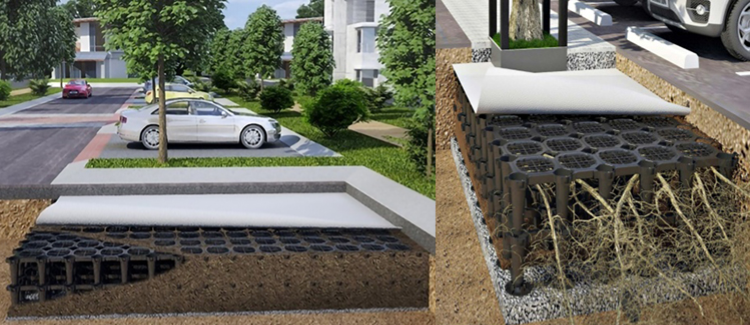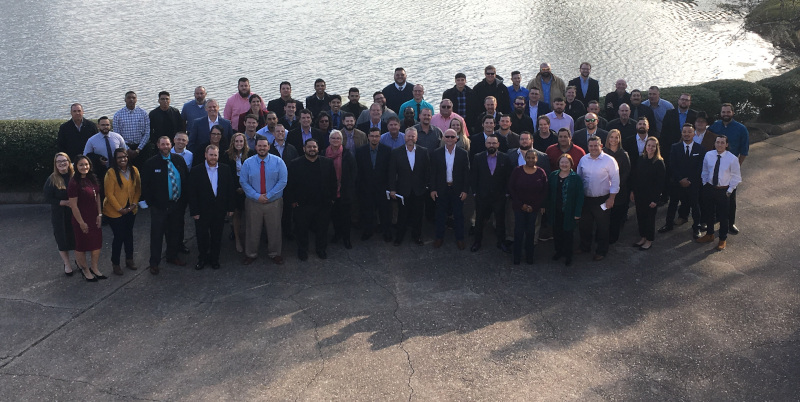May, 2021
 Hello,
Hello,
We have curated several informative and entertaining news stories from the stormwater industry, as well as a few other items of interest. We appreciate you taking the time to read our ezine and hope that you find this stormwater related information as interesting and informative as we do.
Until next month, please work safe and stay well.
Sincerely,
The Construction EcoServices Staff
STORMWATER NEWS
Biden Administration’s Infrastructure Push Includes Significant Investment for Water Systems
lexology.com
The topic of infrastructure has been front and center in recent weeks, following the Biden Administration’s unveiling of the American Jobs Plan, a massive investment plan to “Build Back Better” the country’s infrastructure. A critical infrastructure component is water systems—drinking water, wastewater, and stormwater—many of which have deteriorated with age and lack of funding. The renewed focus on infrastructure proposes to funnel massive investment into upgrading the nation’s water systems, under the American Jobs Plan and a slate of bills now before Congress. We take a look at what the new infrastructure developments could mean for water systems.
Searching for Stormwater Solutions? Answers are in the Trees.
today.wayne.edu
The work inspired Ekhator’s research — “The role of tree canopy in water quality improvement practices in urban areas”. Her objectives included how tree canopy cover impacts stormwater management, ways to increase tree canopy cover in areas lacking it, and how the introduction of trees into stormwater control measures increase their retention capacity. Trees save nearly 400 billion gallons of stormwater annually by retaining a percentage of the precipitation through their leaf system, Ekhator noted in her research presentation. In addition, the root structure also helps in holding another percentage of the precipitation.
Stormwater Retention vs. Detention
livingarchitecturemonitor.com
Detention basins are still used, and are probably a good place to define detention. Detention means temporarily storing water, then letting it drain out at a reduced rate, i.e., draining more slowly than it filled. This is relatively easy to visualize with detention basins. Retention is holding water to prevent it from running off, allowing it to evaporate or be used by plants and released as evapotranspiration. Retained water never runs off, and it always returns to the sky as vapor.
To Pay for Green Infrastructure, Cities are Turning Stormwater into an Economic Resource
anthropocenemagazine.org
Researchers gathered online survey responses from people responsible for stormwater management in 233 municipalities across the country. The survey covered financing mechanisms for stormwater management as well as climate change adaptation planning and how it relates to stormwater management. “Only 168 of the surveyed municipalities indicated that they have a stormwater management plan and only 32 stated that they have a climate change adaptation plan,” the researchers report in the Journal of Environmental Policy and Planning.
Dropping By #36 | Young Stormwater Pros Talking Shop
estormwater.com
Young professionals – get some career trajectory, goals and advice from other young stormwater professional. In this week’s episode of Dropping By, SWS Managing Editor Katie Johns is joined by Melissa Lanzara, a senior stormwater inspector with Parker Design Group. Lanzara has extensive construction site experience and has obtained every Virginia DEQ storm water certification. In less than one year, Melissa has helped Parker Design grow its storm water group by 182% from the previous years. Melissa also participates in a regional storm water advisory committee and works with the Roanoke River Monitor Program to assess the conditions of the Roanoke River. In this interview, Johns and Lanzara talk about Lanzara’a career trajectory, goals and advice to others in the storm water industry.
SPECIAL NEW BULLETIN
City of Houston 2021 Stormwater Detention Regulation Changes
On January 4, 2021 the City of Houston replaced within Chapter 9 of the Infrastructure Design Manual (IDM) how stormwater detention is calculated within the City of Houston. This was announced on January 20th, 2021 and was to go into effect on February 4th, 2021, sending developers and engineers into a frenzy to get projects submitted to the county by the deadline. On January 26th, that deadline was pushed back to March 31st, 2021.
SUBSCRIBE
Each month, you can expect a professionally formatted and high-quality stormwater newsletter from us. Sign up, you’ll be glad you did.
PAST ISSUES
SHARE
FEATURED VIDEO CASE STUDY
STORMWATER SHORTS: LID Bioswales on Hollerith Road Before, During and After Tropical Storm Beta
In this video, we are taking a look at Bioswales before/during/after Tropical Storm Beta, a recent Gulf Coast storm that dropped up to 14″ of rain in some areas around Houston in a 48-hour period of time. Construction EcoServices Vice President, David Batts, narrates on-site, showing the BMPs performance levels prior to the storm, during the storm and shortly after the storm.
FEATURED CASE STUDY
3-Alarm Disaster of a Detention Pond Gets Remediated
A large detention pond was built to retain the stormwater at Harris County ESD No. 48, Fire Station No. 5, located in Katy, Texas. Unfortunately, the pond’s original design and development did not hold up well to the elements and stopped operating as expected, largely due to poor slope stabilization. Being keenly aware of the environmental risks of a poorly operational detention pond, as well as the stormwater regulatory compliance violations, the fire department looked to the Construction EcoServices and Jacobs Engineering team to renovate the pond and bring it back to proper operational status.

FEATURED PRODUCT
STRATAVAULT
Roots & Street Trees Management System
Although often overlooked, mature tree canopies provide extraordinary benefit to the watershed. Whether it be collecting water on leaves or up taking water and providing evapotranspiration, millions of cubic feet of water can be prevented from running off a development simply by having a mature tree canopy. In urban environments, this can be incredibly challenging due to the compaction that occurs in the soils. While local code requires we plant trees, the health of those trees are often lacking, and the ones that do survive, their root system typically destroys the infrastructure around it. Because of this, we need a new approach. We at Construction EcoServices believe that in order to give a tree it’s best chance at becoming a viable Best Management Practice, we must give it an appropriate soil structure to root in.

GOT A PROJECT? GET IN TOUCH.
Let’s Talk
We offer stormwater consulting and value-engineering services, turnkey SWPPP compliance services during construction activity, erosion control solutions for slopes and channels, and post-construction compliance services for stormwater management systems for detention and stormwater quality treatment. Need help? Contact us today.



 Hello,
Hello,